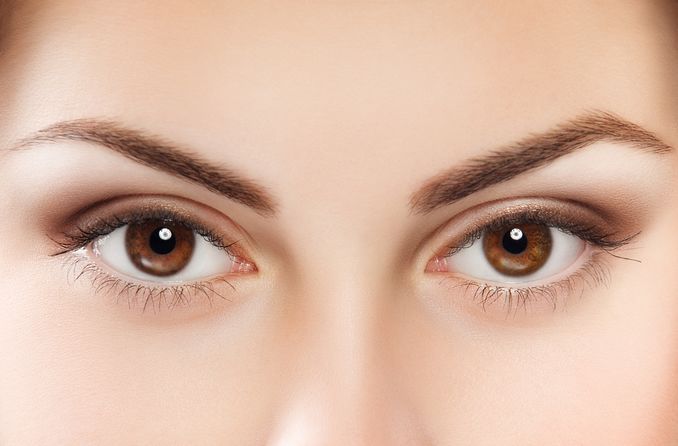People with five eyes have a rare genetic condition that affects their vision. The five eye problems are: strabismus, amblyopia, anisometropia, hypermetropia and diplopia.
If you found any eyes related problems or vision blur problems you can consult your doctor and can start medications. Medication for Eye Problems you can get from Theyavue.com.
Dry Eye
Dry eye is one of the most common eye problems. It occurs when your eye doesn’t produce enough tears or the right kind of tears.
Your eye can become inflamed and painful. Chronic dry eye can make it uncomfortable to read or use a computer. Symptoms include:
- A feeling that something is in your eye
- Red eyes
- Burning or itchy eyes
- Sensitivity to light
- Blurry vision
See your eye doctor if you think you have dry eye. Your doctor can recommend medication or treatments to help your eyes produce more tears.
Glaucoma
Your eye is like a tire: Some pressure inside it is normal and safe. But levels that are too high can damage your optic nerve. Glaucoma is the name for a group of diseases that cause this condition.
A common form is primary open angle glaucoma. Most people who have it don’t have early symptoms or pain. So it’s important to keep up with your regular eye exams.
It doesn’t happen often, but glaucoma can be caused by:
- An injury to the eye
- Blocked blood vessels
- Inflammatory disorders of the eye
Treatment includes prescription eye drops or surgery.
Diabetic Retinopathy
Diabetic retinopathy occurs as a result of prolonged high blood sugar associated with types 1 and 2 diabetes and can cause blindness if left untreated.
Too much blood sugar can alter the blood vessels in the back of the eye, preventing the retina from receiving the proper amount of nutrients it needs to maintain vision. Anyone with diabetes type 1 or type 2 is at risk of developing diabetic retinopathy.
However, the type of diabetes a person has, how often their blood glucose fluctuates, how well they control their sugars, and how long they have had diabetes all affects his/her risk.
Treatment: In most cases, laser surgery can prevent significant vision loss associated with diabetic retinopathy.
A procedure called laser photocoagulation can seal or destroy growing or leaking blood vessels in the retina.
Cataract
Cataract is a clouding of the eye’s lens and is the leading cause of blindness worldwide, and the leading cause of vision loss in the United States.
Cataracts can occur at any age because of a variety of causes, and can be present at birth.
Although treatment for the removal of cataract is widely available, access barriers such as insurance coverage, treatment costs, patient choice, or lack of awareness prevent many people from receiving the proper treatment.
An estimated 20.5 million (17.2%) Americans aged 40 years and older have cataract in one or both eyes, and 6.1 million (5.1%) have had their lens removed operatively.
The total number of people who have cataracts is estimated to increase to 30.1 million by 2020.
Macular Degeneration
Macular degeneration is a leading cause of vision loss among older Americans. The central part of the retina, called the macula, wears away with age.
It can cause blind spots in your central vision. It may become hard to read, drive, watch TV, and recognize faces.
Most people do not have any signs in early stages. As the disease progresses, you may notice changes in your vision, including:
- Straight lines seem bent
- Dark, blurry areas in the center of your vision
- Difficulty recognizing faces
- Difficulty seeing fine details
Annual eye exams with an ophthalmologist can help detect and treat macular degeneration.
